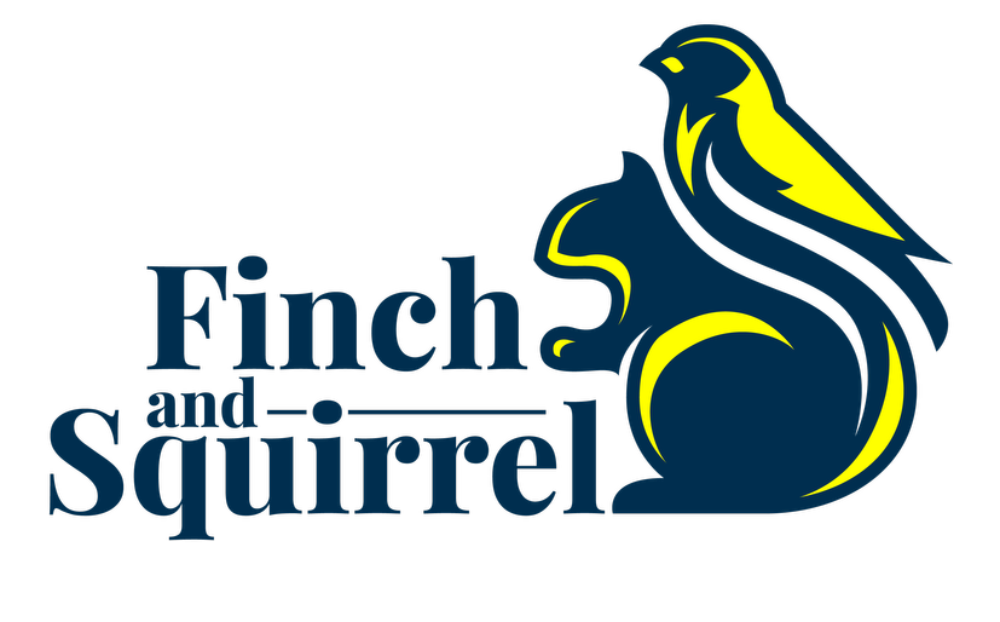Turning the Page: The Art of Pacing in Picture Books
May 12, 2025
"Pacing"—the speed at which a story moves from one moment to the next—plays a crucial role in shaping a child’s experience of a picture book. It influences whether a child lingers on a page or turns eagerly to the next, and it affects the child's engagement, comprehension, and emotional response.
A fast pace can bring excitement, energy, or silliness. A slower pace is more suitable for stories that ask a child to reflect. In those quiet moments, a gentle rhythm and a thoughtful pause can make room for wonder, for empathy, for connection, and interaction with a grown-up reader. Many books appropriately vary the pace, speeding up or slowing down depending on what's happening in the story.
The Elements of Pacing
The page turn is one of the most powerful tools a picture book author has, so we need to be intentional about the action we're trying to encourage in the reader: Do we want them to pause and reflect? Pore over an especially detailed illustration? Or encourage them to move briskly through a fast-paced plot? Maybe we're creating a moment of anticipation or setting up a punchline or surprise twist. In the hands of a skilled storyteller, pacing is the heartbeat of the story.
But pacing isn’t only about page turns—it’s also about what’s on the page. Short, punchy sentences can propel a story forward at a lively pace. Longer passages or lyrical descriptions can slow the tempo and invite reflection. The visual experience comes into play here, too: a two-page illustration rich with detail may coax a young reader to linger, while a minimalist scene might usher them briskly along.
Underlying all of this is structure—the classic arc of beginning, middle, and end. A well-paced story introduces its conflict early, builds steadily through rising action, and lands quickly on a satisfying conclusion. If a story meanders or doubles back too often, it risks losing its audience.
Then there’s rhythm and repetition, tools that support comprehension and create a sensory experience. Refrains and repeated phrases give young readers something to anticipate and echo. Depending on how they’re used, they can either drive the pace forward or create a moment of calm and pause.
How to Get the Pacing Right
In picture books and early readers, pacing is determined by the narrative, the illustrations, and the page layout. How you go about blending those elements depends on your process as a writer and whether you collaborate with an illustrator or create the illustrations yourself.
I'm no artist, so, for me, the narrative comes first. As a discovery writer (a "finch"), I tend to write the story the way it comes to me, then revise mercilessly until I'm happy with the language, the plot, the mood, and the flow. Only then do I shape the narrative into scenes that can be laid out in a storyboard.
Your process might be different. If you're more of a plotter (a "squirrel"), you might prefer to start by imagining the scenes first, then writing them.
And if you're an author/illustrator (lucky you!!), you might start with the pictures and then fill in the words (if there are words).
The point is, there's no right approach, just the right result. A well-paced story will hold a child’s attention, build anticipation, and enhance the mood the author means to create.
In the end, pacing in a children’s book is not just about time—it’s about attention, emotion, and the dance between language and illustration. When it works well, a story becomes more than words and pictures. It becomes an experience.
Photo by Rendy Novantino on Unsplash
